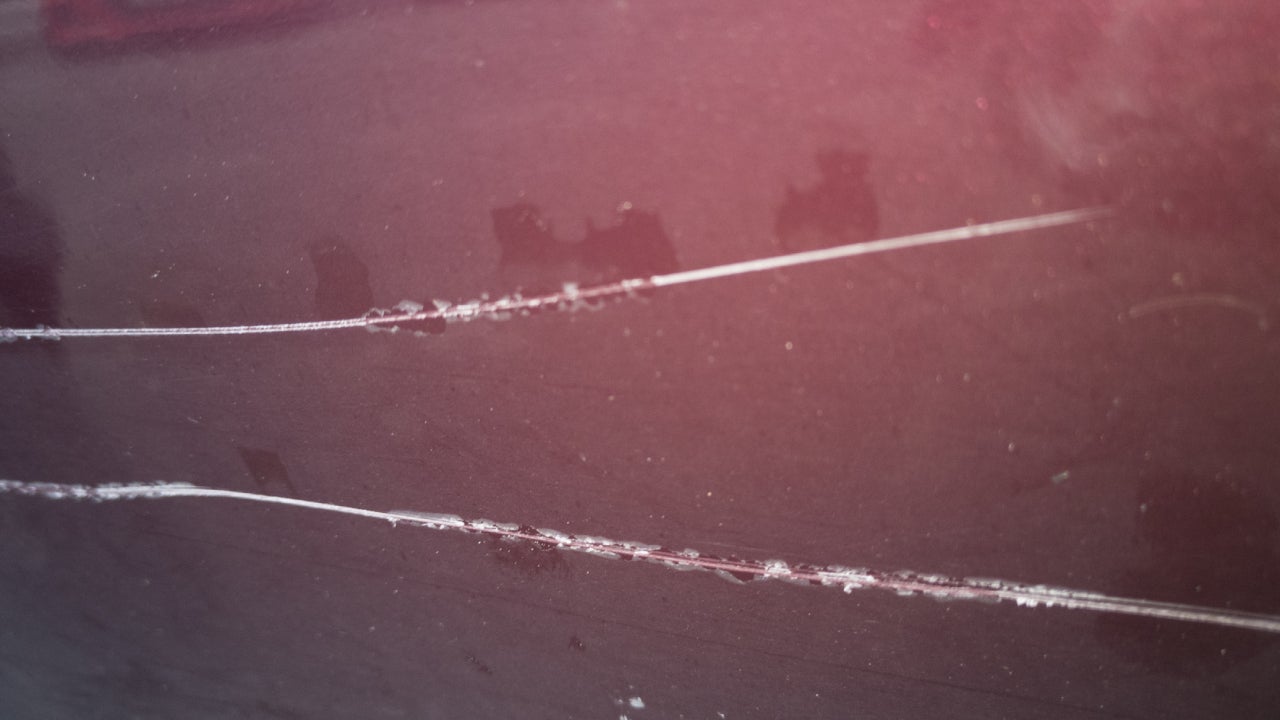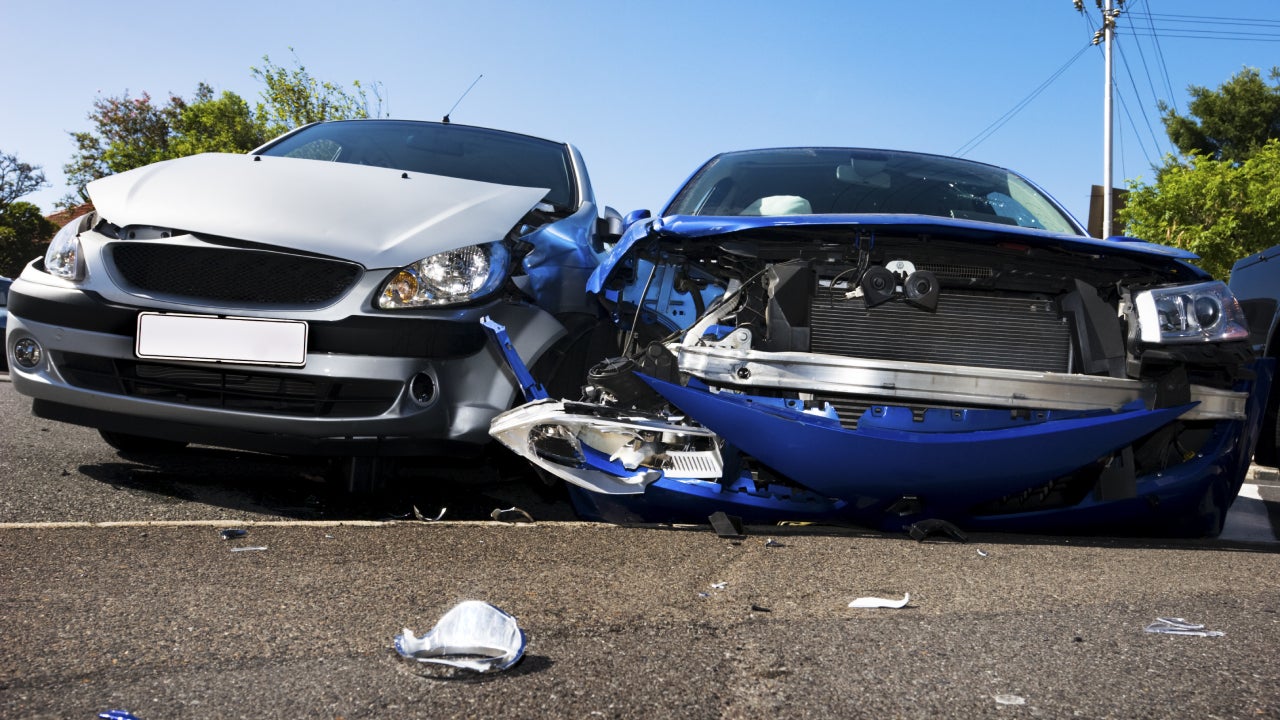Uninsured motorist coverage




Key takeaways
- Uninsured motorist coverage is a car insurance coverage type that financially protects you and your passengers if you are involved in an accident with an uninsured driver.
- Uninsured motorist coverage is required in many states as part of minimum coverage requirements.
- Stacking coverage is a way to increase the coverage amount for uninsured motorist claims. However, it comes at an additional cost and is not available in every state.
- It is important to review your car insurance policy to see if you have uninsured motorist coverage and consider adding it if you do not.
Uninsured motorist coverage, also known as uninsured motorist bodily injury coverage, is a required coverage in some states that helps cover expenses related to injuries or vehicle damage when you’re the victim in a car accident where the at-fault driver does not have insurance. Due to rising insurance costs, more and more drivers are choosing to neglect their state’s minimum car insurance laws, increasing your odds of being involved in an accident with an uninsured driver. So, instead of playing a game of chances, Bankrate explains why adding uninsured motorist coverage to your policy may be a worthy investment even when it’s optional in your state.
What is uninsured motorist coverage?
Uninsured motorist (UM) coverage is a type of car insurance that helps financially protect you and your passengers if you are involved in an accident where the at-fault party does not have insurance and cannot pay for injuries or damages through their insurance coverage. Without this type of insurance, you could be forced to pay out-of-pocket to cover your medical bills or vehicle repairs from an accident that was not your fault or if an uninsured driver hits you as a pedestrian.
Uninsured motorist coverage generally falls under these two categories, but whether you’re required to carry uninsured motorist coverage and the specific coverage details will vary by state.
- Uninsured motorist bodily injury (UMBI): This covers costs if you or any of your passengers are injured in an accident with an uninsured driver. In addition to covering any medical expenses (up to your policy’s limits), some UMBI will also cover lost wages if your injuries leave you unable to work for a period of time.
- Uninsured motorist property damage (UMPD): This covers damage caused to your vehicle by an uninsured driver. This coverage might apply if you are the victim of a hit-and-run. Depending on the state, UMPD coverage could be mandatory, optional or unavailable. Additionally, this coverage may or may not have a deductible and coverage limits vary by state. In cases of hit-and-run drivers, some states require the hit-and-run driver to be identified to confirm they are uninsured for the UMPD claim payout. Check with your insurance agent to find out what the physical damage options for your vehicle are with your insurance provider and state.
What is underinsured motorist coverage?
While uninsured and underinsured motorist coverage are often lumped together, they refer to two different types of coverage. Uninsured motorist coverage applies if you are involved in an accident where the at-fault driver has no active auto insurance policy. On the other hand, underinsured motorist coverage covers you if a driver with car insurance hits you, but their coverage limits are not enough to pay for your damages.
When does uninsured motorist coverage apply?
Uninsured motorist bodily injury coverage applies when an at-fault uninsured or underinsured driver causes bodily injury to you or your passengers. With Americans experiencing a drastic increase in auto insurance rates this year, more drivers may be tempted to drive without car insurance. Here are a few situations when UM coverage may pay for medical bills, lost wages, pain and suffering or funeral expenses:
- You and your passengers are injured when hit by an uninsured driver
- You are the victim of a hit-and-run accident as a pedestrian
- Your children are injured when hit by an uninsured driver while they are passengers in someone else’s vehicle
- The insurance company of the at-fault driver denies their claim
- The at-fault driver doesn’t have enough bodily injury coverage on their policy to cover the medical expenses incurred by you and your passengers
Do I need uninsured motorist coverage?
While uninsured motorist bodily injury coverage is not a car insurance coverage required in all states, it is required in many and may be a very beneficial financial protection to have. This coverage can protect you against costly damage caused by uninsured motorists, and in some states and jurisdictions, it offers coverage in the event of a hit-and-run. If you live in a state where uninsured motorist coverage is required, you must have it to drive legally. Whether or not it is required, though, adding uninsured motorist coverage to your car insurance policy can provide a valuable layer of financial protection for yourself if you get into an accident caused by an uninsured driver.
According to the Insurance Research Council (IRC), the rate of uninsured drivers in the United States rose to 14 percent in 2022, with certain states having delinquency rates reaching upwards of 25 percent. Knowing the increased risk of getting into an accident with an uninsured driver may help sway your decision if you live in a state where UM coverage is optional. The truth about uninsured motorist coverage is that you’re playing a game of chance if you choose not to have it. Depending on your driving profile and your particular insurance provider, adding UM coverage to your policy should only cost between $5 to $25 per month.
How can I find out if I have uninsured motorist coverage?
The easiest way to see if you have uninsured motorist coverage is to review your current car insurance declarations page. This document summarizes your coverage and policy limits, as well as deductible amounts. Keep in mind that car insurance requirements depend on where you live. Many states require uninsured motorist coverage, but not all states require or even offer uninsured motorist property damage coverage.
You may also be able to review your coverage selections through your company’s website or mobile app or by contacting your insurance agent.
Frequently asked questions
You may also like

Driving without insurance in Georgia

Does car insurance cover keyed cars?

Penalties for driving without insurance in Florida

